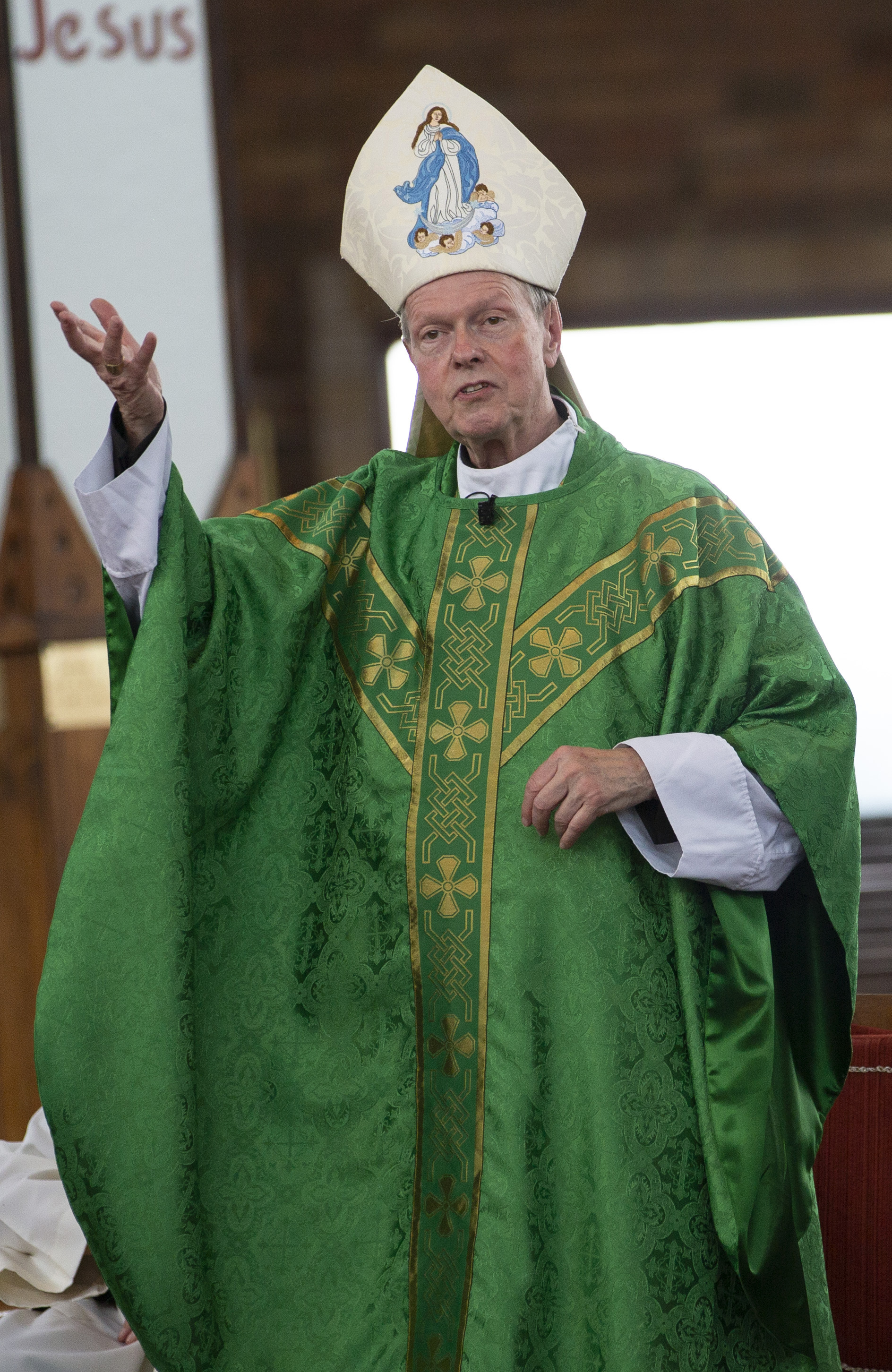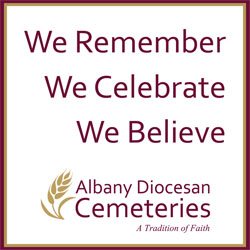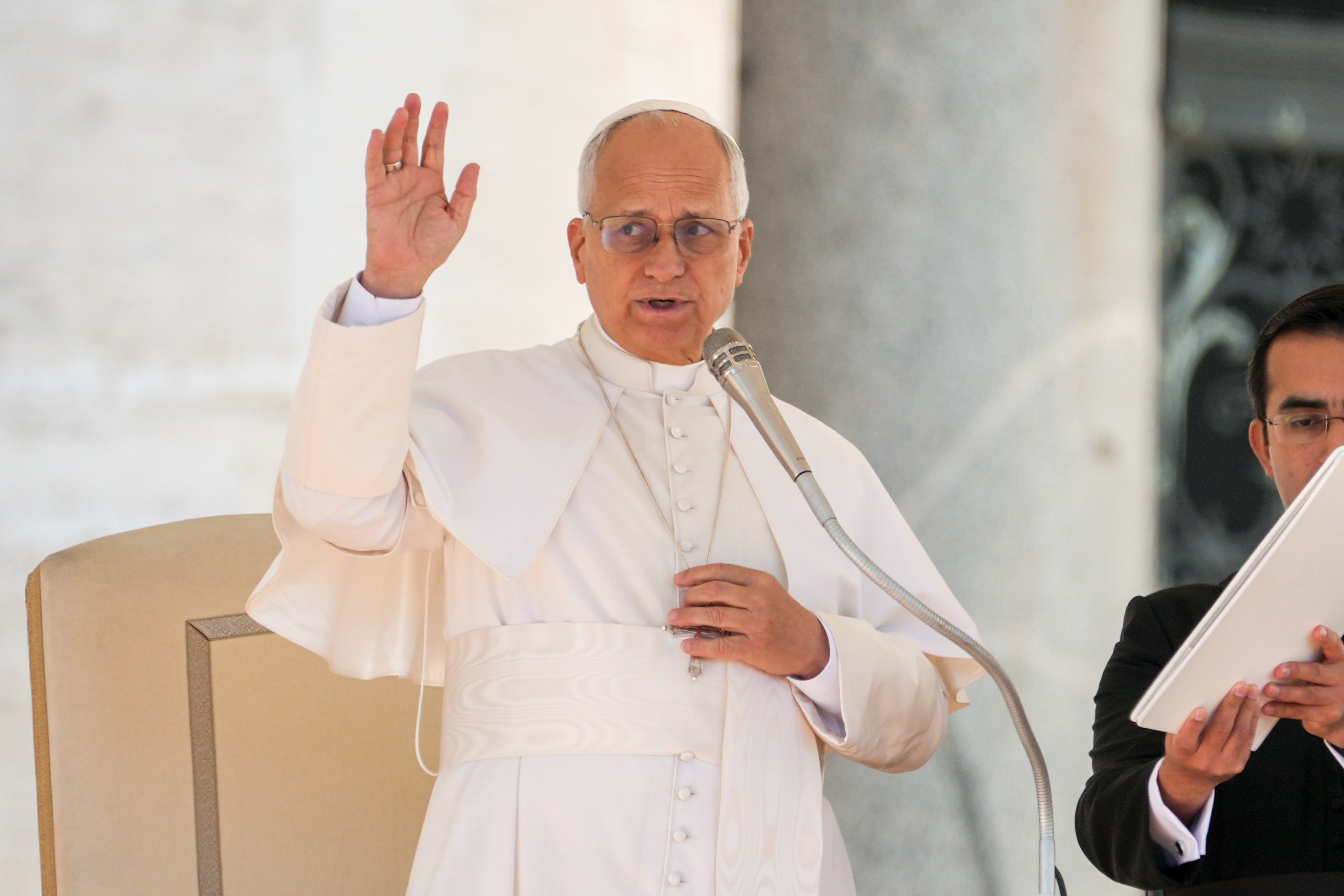April 6, 2018 at 1:53 p.m.
PERSPECTIVE
The Church, the body of Christ, also prays with the body: Part I
Have you ever been asked by someone who has come to Mass with you, but is not a regular churchgoer or comes from another faith tradition: "why do people stand, or sit, or kneel during Mass?" Maybe too you have realized how important your posture and space are when it comes to praying at home. Well, in this short series, let us reflect about prayer and especially the Mass, and explore how an essential part of that prayer and praying is our body or what we might call our "bodilyness." To help us do this, we can organize our thoughts into three separate, but related questions: how does the body (in terms of things such as gestures, space and posture) affect our prayer, what are the main forms of praying with our body and why is it so important?
Before we do that, perhaps we should lay down a few foundational principles and definitions. This can be a bit heavy going, but we need to do it! First and foremost, we might step back and refresh our understanding of the human person: how do we, as people of faith, answer the question "who are we?" We know that we are body and soul and so, although these are distinct, they are intimately bound together. We experience and process life in general through our bodies (especially our senses); but many deeply spiritual experiences also come through our body (seeing or hearing something or someone, or touching or being touched). Furthermore, these spiritual experiences also affect our body and can often have physical consequences. Incidentally, that is why we believe in the resurrection of the body and not just the spirit or soul. If it was just one or the other then we would be incomplete as human beings in the life to come!
St. John Paul II put this whole truth about being human beautifully. He wrote, "the body, in fact, and it alone, is capable of making visible what is invisible: the spiritual and the divine. It was created to transfer into the visible reality of the world, the mystery hidden since time immemorial in God and thus to be a sign of it." This is how and why we can say that we pray with our bodies.
Furthermore, when we say "the body" to quote one writer, we mean "not just the material body but the whole complex that makes up a human person: intellect, will, emotions and bodily capacities."
Another element of being human and especially of understanding our material and bodily nature, is that the body is a gift. The body can never be simply "mine." No, it is a gift and one that comes from God and that is for God and for others. That is why St. Paul (I Corinthians, chapter 6) clearly says "the body is for the Lord" and that "you are not your own." He also notes that our bodies are "a temple of the Holy Spirit" Our postures and gestures at Mass remind us these facts. Kneeling, for example, is a sign of adoration and humility: that we are creatures and not God, and of saying with our body "thank you" to God for all that we have been given. It is also a sign of repentance or penance for when we have not lived up to being that temple and have misused the gifts given to us. In this sense too, we pray with our bodies.
St. Paul also writes that our bodies "are members of Christ."Here we can recall a phrase that is often used to describe the Church; that is as the body of Christ. In fact, St. Paul often uses this body image to speak of how each individual serves the whole: as an essential part of that one body of Christ. This is very important for the liturgy, most particularly the need to havecommon postures or gestures so that when we pray together, we reflect our unity in that one body of Christ. Trying, where possible, to have common postures and gestures during Mass is not then simply so that everything looks neat and tidy. It is far more profound than that. When we pray, especially at Mass, it can never be just an individual matter and, moreover, personal whims or likes should not be the guide as to how things are done. The General Instruction on the Roman Missal or GIRM (the main guide as to what should be done at Mass) says that what we do should "serve the common spiritual good of the people of God, rather than private inclination or arbitrary choice."
One last thought about what we might call the symbolism of the body when we gather for prayer. Having common gestures and postures wherever possible is, as we have said, not just an individual thing. This would also be true as we move to a parish level or even Diocesan level. The Church, the body of Christ is something universal and global. Yes, there are some local or national customs, but generally the whole Church throughout the world is as one in prayer (including set gestures, postures etc.). As part of that universal Church, we follow these. Besides, there is a danger that in doing our own thing locally we might unintentionally be very unwelcoming to any visitors. If we change commonly practiced postures or movements, for example, then the message perceived by a visitor might be "you are an outsider!"
So, this rich and profound understanding of what it is to be human and this wonderful understanding of the body, has major implications for prayer. Our gestures, postures and even the space and environment reflect this bodily dimension of being human. Gestures, postures, words, environment are never just that: they mean so much more. Having reflected upon this understanding of our body; in the next article we can look at the postures, gestures and other physical things that are part and parcel of our celebration of the Mass.
(Father Barratt is diocesan director of Prayer and Worship and pastor of Holy Trinity parish in Hudson/Germantown.) [[In-content Ad]]
SOCIAL MEDIA
OSV NEWS
- Pope offers prayers for the Philippines and for peacemakers
- Dig deep and work patiently to keep church on solid foundation, pope says
- Portland archbishop on ICE: Human dignity comes from God, not government
- Christian hope shows the earth can resemble heaven, pope says
- Washington Roundup: Election shifts; Venezuela vote; transgender passports, and more
- Novel highlights power of art and music as a salve to troubled humanity
- Supreme Court sides with Trump administration to temporarily block full funding for SNAP
- Former diocesan fundraising director indicted on wire fraud for alleged 6-figure theft
- Love is key to church’s mental health ministry, says bishop who lost family to suicide
- Caring for creation is part of peacemaking, pope tells COP30








Comments:
You must login to comment.